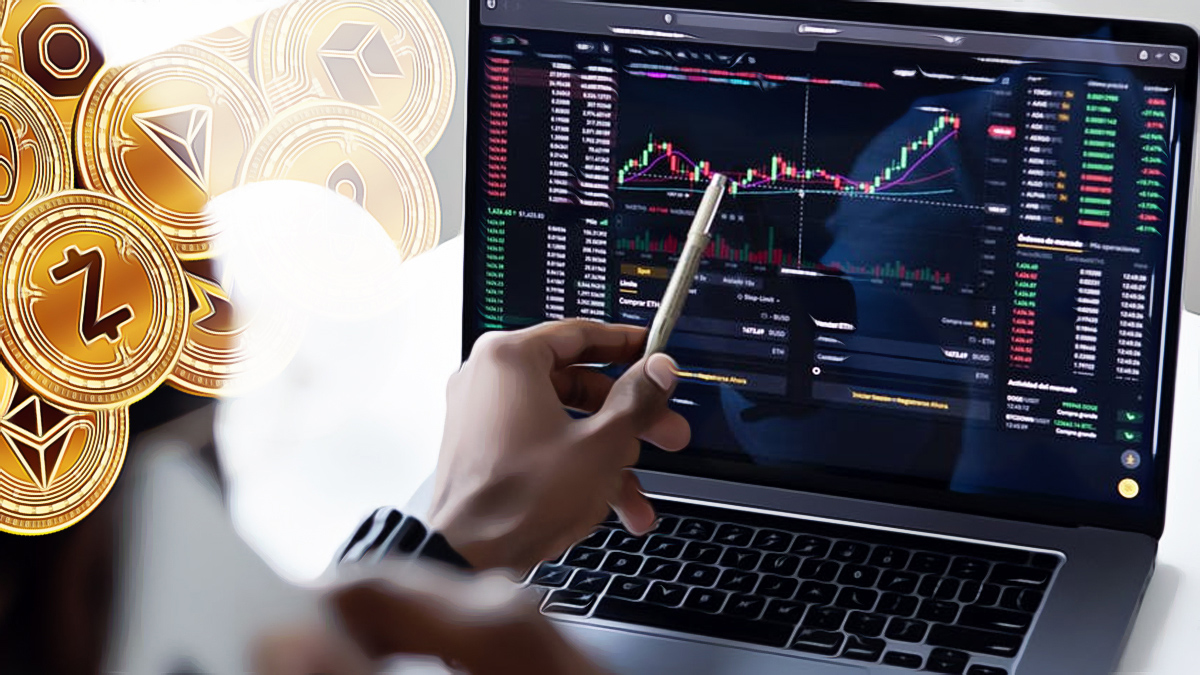The decision by the President of the United States to pause tariffs for 90 days has resonated throughout global markets. Following this announcement, the Nasdaq closed with a remarkable 12 percent increase, while the S&P 500 gained nearly 10 percent. This surge marks the second-largest jump in the history of the Nasdaq index. However, experts warn that similar past movements carry long-term risks.
Skyrocketing Indexes Raise Expectations
The strong rise in Nasdaq and S&P 500 has instilled a temporary sense of optimism among traders. Notably, the 12 percent increase in Nasdaq represents one of the sharpest upswings seen since the early 2000s. The market’s aggressive upward movement presents short-term buying opportunities, while also highlighting the risk of potential corrections.
The S&P 500’s nearly 10 percent rise further bolstered this volatility. However, experts remind us that similar past increases have often preceded economic difficulties. Consequently, a rapid surge does not guarantee a sustained positive trajectory. Investors must closely monitor these index gains and remain cautious.
Bond Markets and VIX Index Show Continued Volatility
Despite the gains on the stock exchanges, pressure is still felt in the bond market. FOX Business senior reporter Charles Gasparino attributed this pressure to bond sales from Japan. Rising bond yields have reignited discussions about the influence of central banks outside the U.S. Additionally, changes observed in the VIX index indicate that market volatility is far from over.
The 25 percent jump in the Strategy (MSTR) stock within the Invesco QQQ Trust also caught attention. This interest is viewed as a reflection of both the rise in the Nasdaq index and the general trend towards technology stocks. Nevertheless, despite Bitcoin  $95,128 testing levels above $82,000, its inability to exit a downward channel highlights ongoing pressure in the cryptocurrency market.
$95,128 testing levels above $82,000, its inability to exit a downward channel highlights ongoing pressure in the cryptocurrency market.
While the prevailing market activity is seen as a reflection of the temporary tariff pause, it is emphasized that decisions made now are short-term, and their long-term impact on the economy remains uncertain. Therefore, it is crucial for investors to adopt cautious, data-driven strategies without succumbing to the allure of sudden gains.

 Türkçe
Türkçe Español
Español









